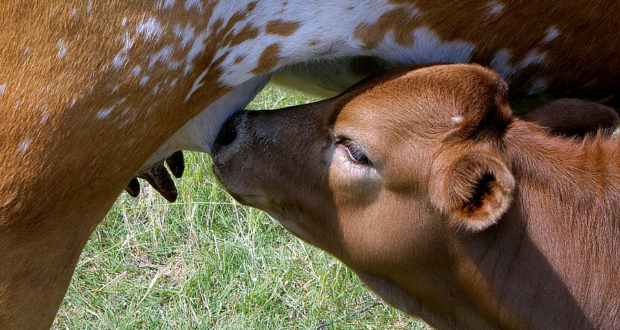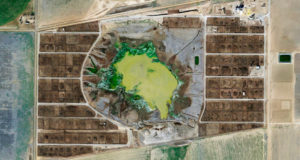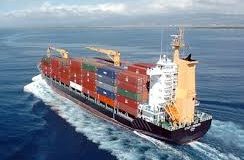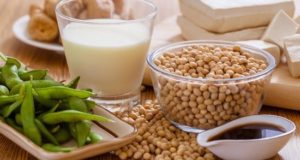Weaning time is a very traumatic experience for a calf, and also for his mother if this was her first calf. Older cows often take it a. little better; they’ve gone through it before. In a moment’s reflection, imagine the stress of lactating cows when their off-spring is removed and dairy production demands befell them; milk and veal is tainted with stress hormones. Environmental stress of dairy operations present additional challenges to quality of even organic dairy operations.
The stresses of weaning can be minimized with good management and some thought and care as to the effects upon the animals involved. Weaning creates both physical and emotional stresses; and the emotional trauma is just as hard on the calf (often more so) than the sudden deprivation of mothers milk.
Cattle are herd animals, happiest with other cattle. Calves feel most content and secure when with adult cattle (even if none of them are their mothers). Separating a bunch of calves from their mothers and putting them in a pen by themselves creates a great deal of anxiety and stress for the calves. A big calf that is healthy and eating well does not really need milk from his mother anymore, but he still feels emotionally dependent on her, and very insecure without her.
The stresses of weaning time can leave a calf susceptible to disease. The emotional stress is much greater on the calf than the physical stress. A combination of anxiety, bad weather, or dusty corrals can lead to respiratory problems and illness. Calves may be so worried and frantic that they mill about the corral stirring up dust (which irritates respiratory passages and can open the way for pathogenic invaders such as virus or bacteria) or running up and down the fence, wearing themselves out and taking little time to eat. This type of stress makes the calf much more vulnerable to disease.
The immune system is a complex mechanism that protects the animal from most common diseases under ordinary circumstances. But stress can hinder the proper workings of the immune system and lower the animal’s natural resistance. The body’s defense against stress is to produce a hormone called cortisol. Over the short term, this hormone is beneficial because it changes the body’s metabolism in several ways to help it function better under stress. It creates a temporary increase in blood glucose, for example, which can be used as energy (from a breakdown of amino acids in the liver). But over a longer period of time, the process can be detrimental. The changes in the body caused by the cortisol are beneficial to the stressed animal for a day or two. But if the stressful conditions continue, the continuing production of cortisol interferes with the workings of the immune system, hindering the production of antibodies and white blood cells (which are part of the body’s defense against pathogenic micro organisms).
The lungs are especially vulnerable to the effects of lowered resistance due to stress. This is partly because harmful organisms are a natural part of the calf’s environment, always present in the air he breathes. If airways are being irritated by dust particles (from a dusty corral) laden with pathogenic bacteria, the calf is doubly at risk if his resistance is lowered by stress.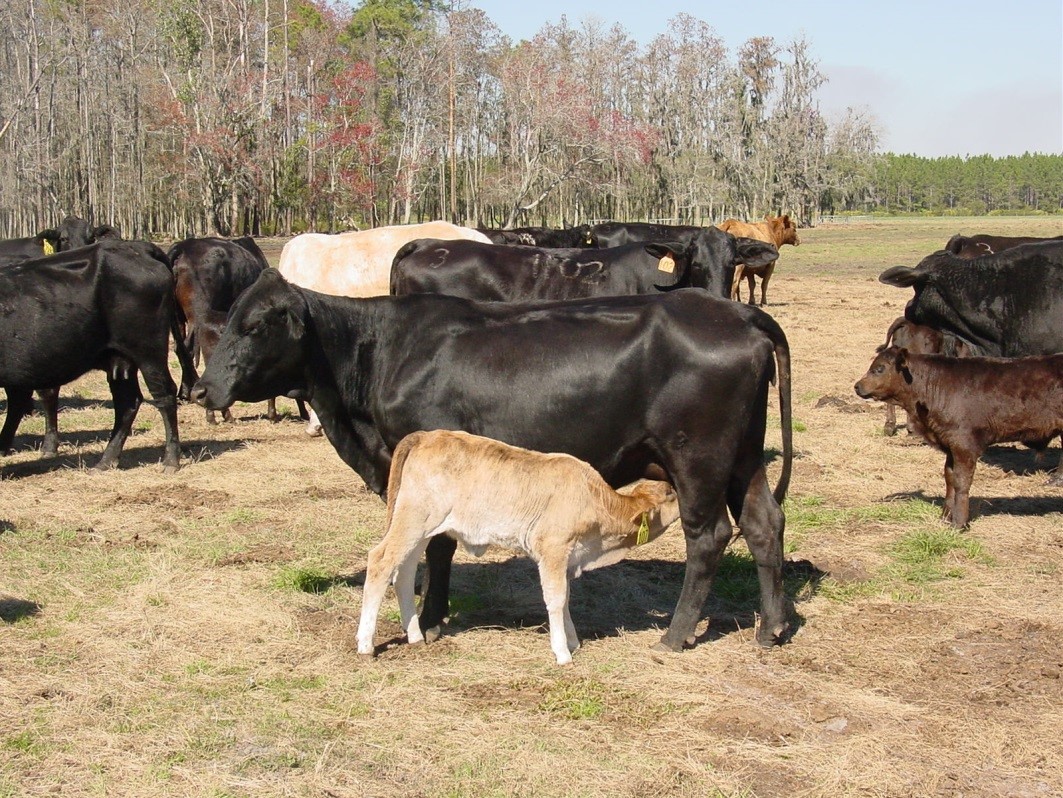
The traditional way of weaning calves, putting large groups of calves in a pen by themselves, all weaned at the same time, is probably the hardest on them. They’ve been on pasture and are now suddenly expected to eat hay. They have been with adult cattle, and are now suddenly on their own. They are frantically missing their mothers and the security of the herd situation, and their desperation and insecurity is contagious. They mill about, pace the fence, bawling and running, becoming desperately interested in any adult cattle they can see or hear. Any frantic activity by one will set off a reaction among the others and they start bawling and pacing again, rarely taking time to rest or eat.
Under natural conditions (if cattle are in a semi wild state on range all year around) the cow kicks off her last year’s calf just before her new baby is born, or sooner, if she feels like it, and the yearling tags along with the family group, staying with them for protection and emotional security. This isn’t the best way to raise cattle; the rancher gets a lot more production by weaning calves earlier and feeding them better, and giving the cow some “rest” from lactation between calves. But there are some lessons to be learned from Nature’s way, which avoids the emotional trauma of being separated from the herd.
The calf that gets accidentally weaned on the range (mother dies, or gets separated from him and they don’t find their way back together) is never as stressed as the calf that is weaned in a pen of calves in the fall. If a calf loses his mother or gets seperated from her on the range, he still has the security of the herd the animals he has been grazing with and is familiar with — and he does very little bawling or wandering. He misses his mother for a few days and may cry now and then, hoping she’ll come back (or he may come back to her dead body for a day or two and bed down beside it, or the spot where it was, if it has been removed). He may hang around the last place he nursed her if she is gone. But he tends to stay with the herd, his familiar companions, often tagging along with some other cow and calf. The weaning doesn’t stress him much; he doesn’t quit eating and he doesn’t expend much energy in frantic searching since he expects his mother to come back to him.
Calves are never as frantic to go somewhere if their mothers are taken away and they are left with other cattle. They become frantic if they are taken somewhere new (such as a weaning pen); they are desperate to go back to where they think their mothers are. A calf will try to keep returning to where he saw his mother last. In a range or pasture situation the calf hangs around that area for a few days, then resigns himself to her absence and takes up with other cattle.
For practical purposes, we can’t wean calves like that, but we can try to minimize the stresses as much as possible, choosing good weather if we can, and minimizing the time spent in a dusty corral. A good grassy pasture is always better than a corral. It also helps to have a few calves in the group already weaned. They can be a calming influence on the others, and help them learn to eat hay if they must be in a corral or feedlot rather than a pasture. The ones that are already weaned make good baby sitters for the others.
If possible, weaning should be done in a well fenced pasture rather than a corral, or the calves put out in the pasture after the first day. They will still pace the fence a little and do some bawling, but they have more room, are happy for the green grass, and there is no dust a lot less problem with respiratory diseases. Freshly weaned calves often do better and are less stressed out on good clean pasture. If the pasture isn’t very good (as in late fall), the calves can be supplemented with hay.
Another way to wean calves with even less stress is to wean them a part at a time, leaving the weaned calves in their familiar pasture with the rest of the herd. Thus they have some adult cows for security. If the mothers of the weaned calves are taken clear away where they can’t see or hear them, the calves generally don’t try to crawl through the fences to go find them. A cow or calf will always try to go where they were together last. If the last place that calf saw his mother before the sorting and separation was in the field with the main herd, he usually won’t look any farther than that. The last group to be weaned then has the already weaned calves for company. Or a person can leave a few old baby sitter cows with them for security (open cows that are going to be sold later, or first calf heifers that need to stay on good pasture, or whatever fits into your management objectives) until the emotional crisis of weaning is past.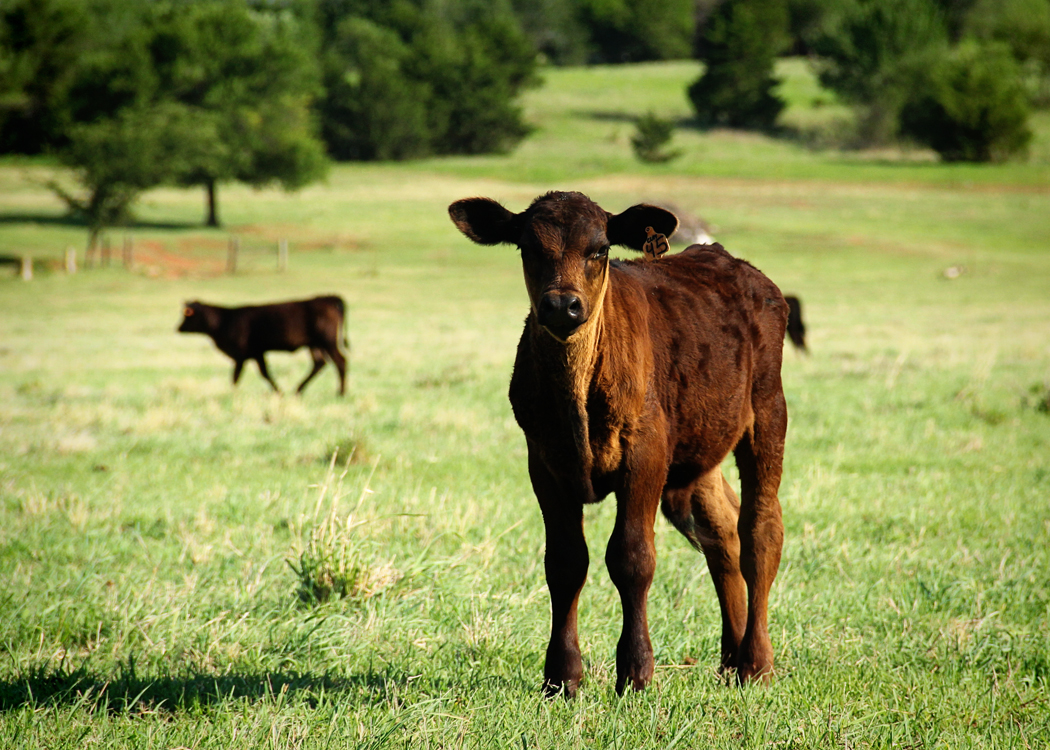
When cows are taken away from their calves, some thought should also be given to their conditions. With older cows it often works best if they are taken clear away (several miles, so they can’t see or hear their calves). Some may hang on the fence a bit for a day or two, but most seem almost relieved to have a “vacation” from children and go on about their business of eating and pepparing for the next calf. Pregnant cows seem to have some sort of instinct that it was about time to wean “junior” anyway, since there will be another baby coming on. Open cows are often more reluctant to give up this year’s calf and may make more attempts to get back to him.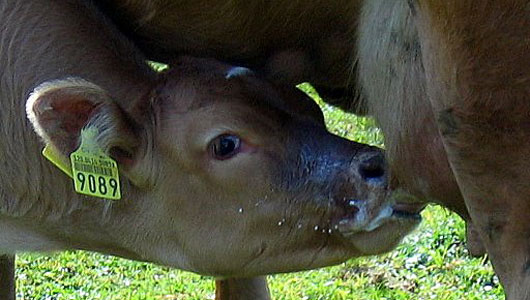
First calf heifers, however, make the most heroic efforts to get back to their calves. Weaning time is a new experience for them and most of them don’t give up easily; they may crawl through some very good fences in their frantic desperation to get back to their calves. It often pays to keep the first time mothers in a stout corral for several days after taking their calves away, putting them back on pasture only after they have resigned themselves emotionally to the separation which in some instances may take longer than the physical dry up of their milk.
 Vitamin Agent The Health & Naturalistic Source
Vitamin Agent The Health & Naturalistic Source
